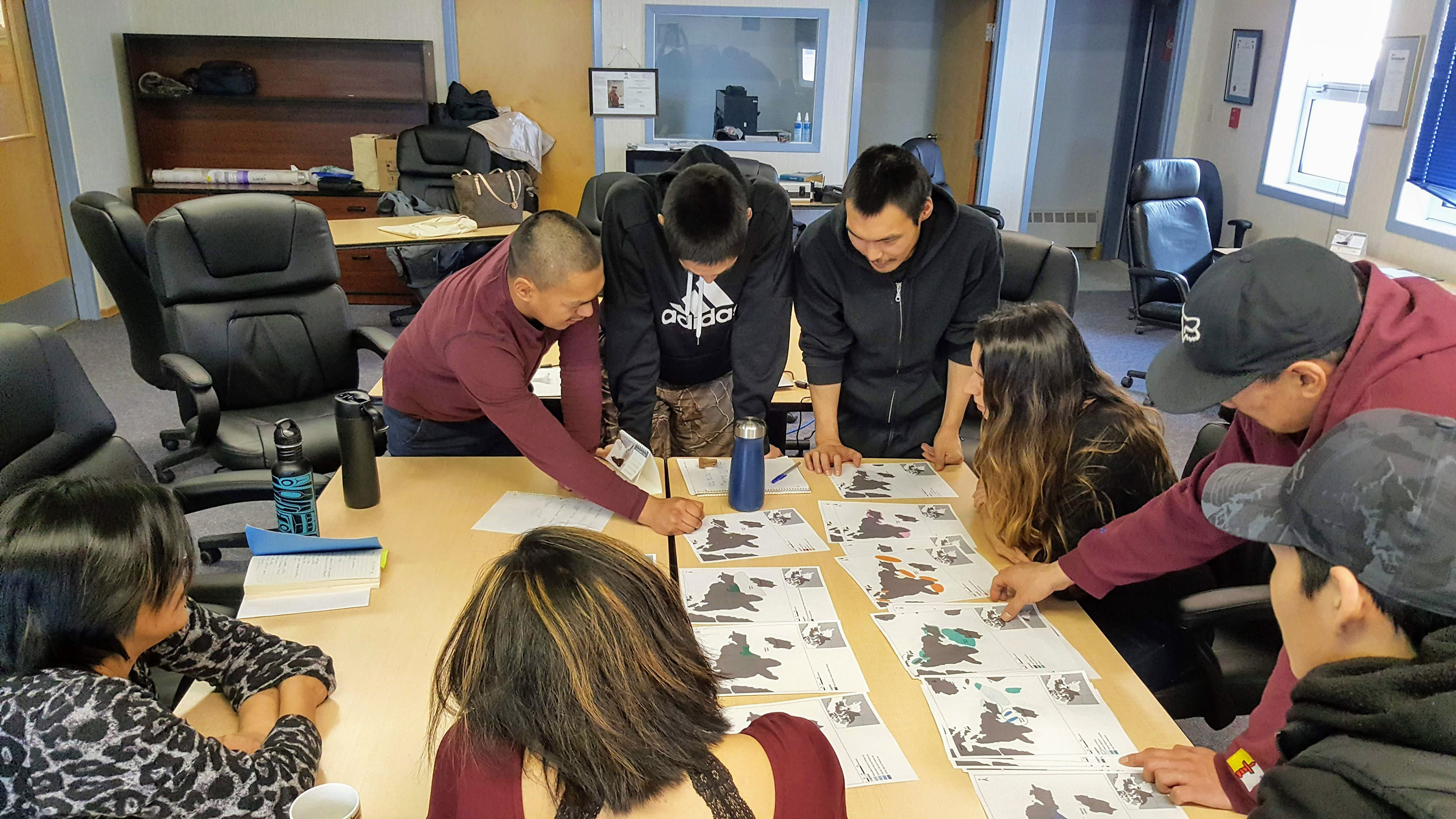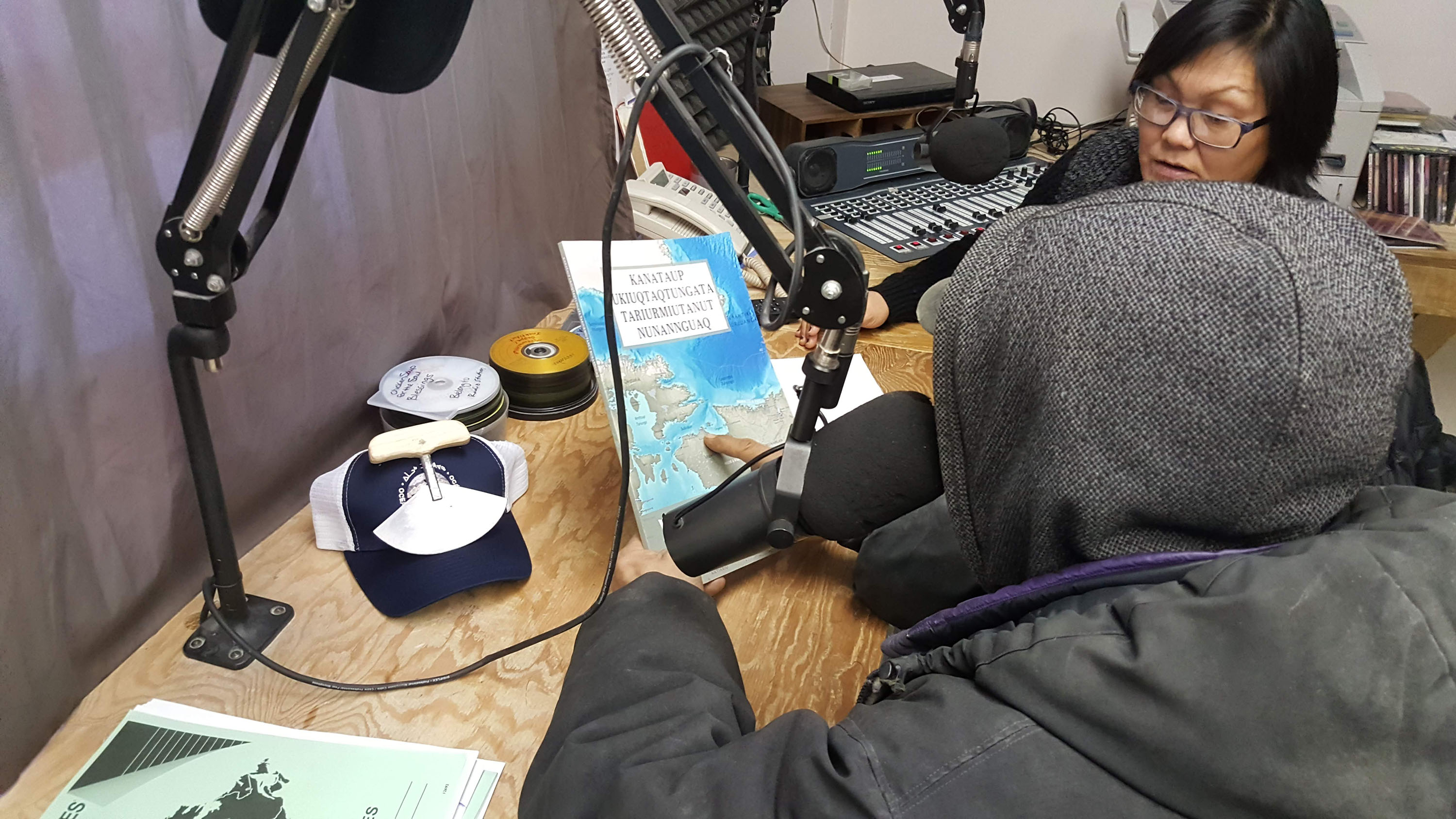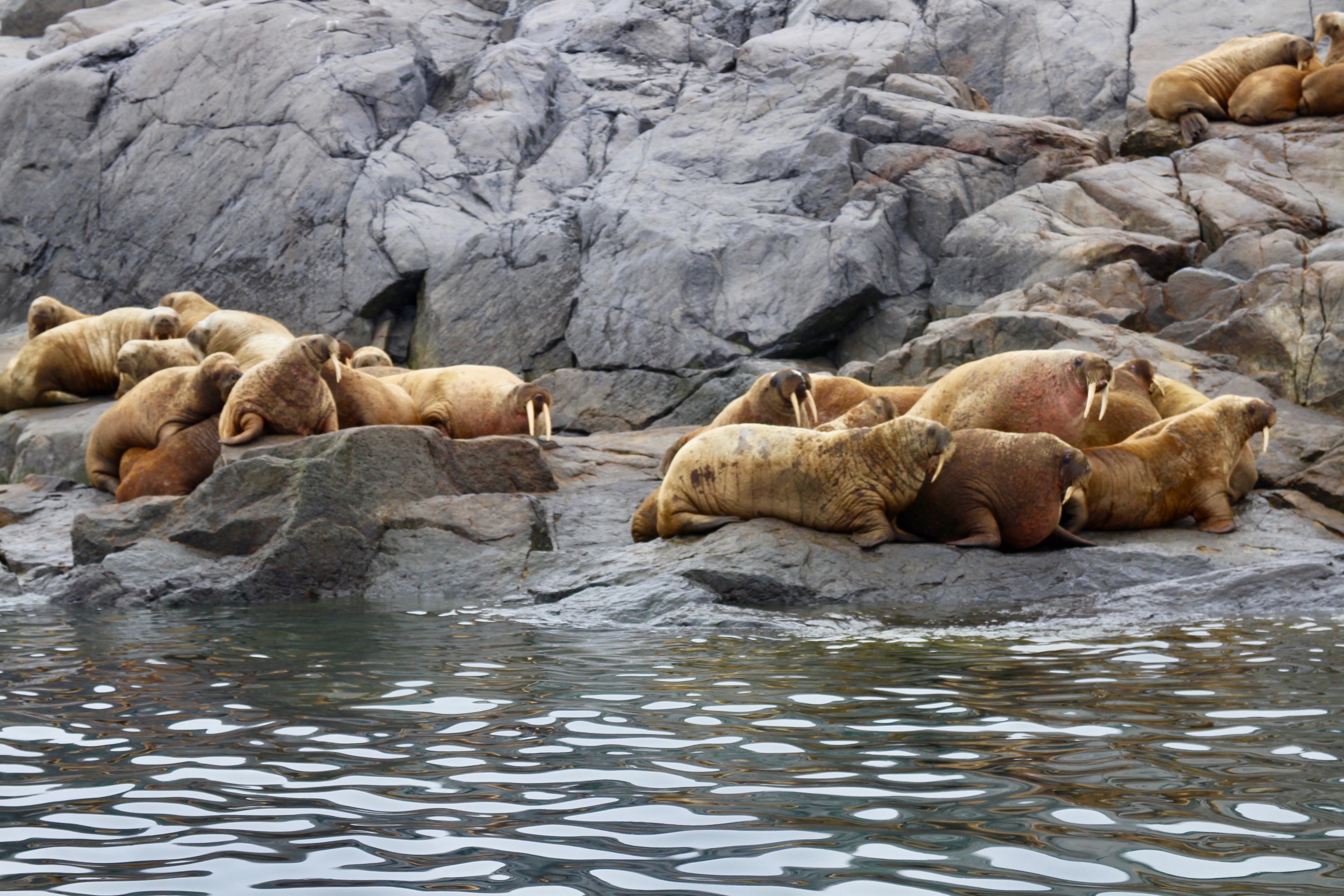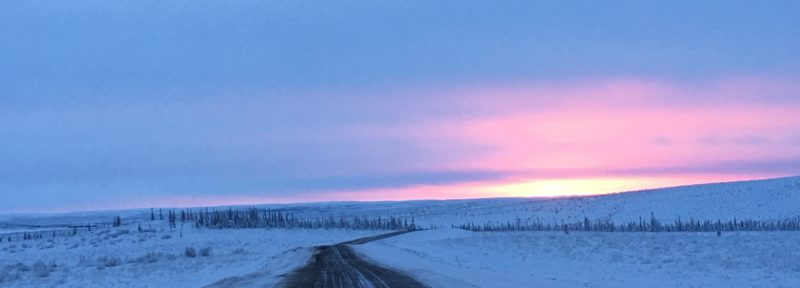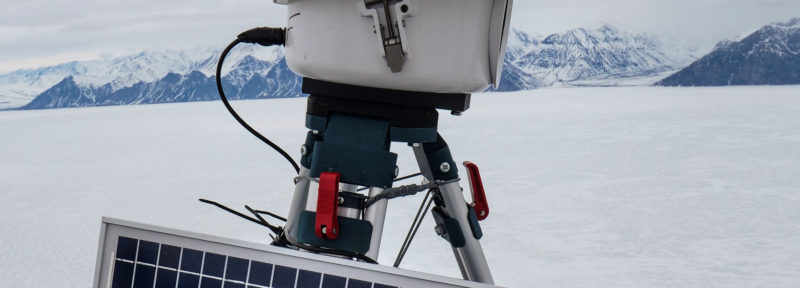Coral Harbour Community Discusses Impact of Arctic Shipping
Panorama of Coral Harbour.
Ilitariyauyuq: Colleen Turlo
Three days and six plane rides after leaving Halifax, I finally arrived at my destination: Coral Harbour, Nunavut, the only community on Southampton Island which sits at the top of Hudson Bay. Coral Harbour is known by Inuit as Salliq, meaning “large, flat island in front of the mainland.” However, it got its English name from plentiful coral fossils found in a local creek.
I traveled to this Arctic community of about 800 residents in November 2018 as part of a shared project with the University of Ottawa entitled Arctic Corridors and Northern Voices. Coral Harbour was the 12th community to participate in this research project which is led by Dr. Jackie Dawson, director of the University of Ottawa’s Environment, Society and Policy Group (ESPG). Oceans North supports this project and has partnered with her team to bring this workshop to other communities, including Cambridge Bay.
Community researchers discuss maps of the region.
Ilitariyauyuq: Colleen Turlo
I worked with two others from the university’s ESPG, Natalie Carter, a postdoctoral fellow and community research lead, and Melissa Weber, a PhD candidate, to gather local perspectives on shipping. The goal of the research project is to ensure that local Inuit priorities, observations and concerns are accurately captured and included in the federal government’s development of low-impact shipping corridors in the Arctic. It is therefore vital that the research process be driven by the community, as well as focused on it.
To accomplish this, the first week was spent working with six community members to review methodology, co-develop research questions and refine mapping skills so that they could guide discussions, conduct interviews, record observations and ultimately learn more about other community members’ perspectives on shipping.
Community researchers explain the project using Canada's Arctic Marine Atlas, and ask for feedback during a radio call-in show.
Ilitariyauyuq: Colleen Turlo
During the second week the community researchers conducted multiple interviews, led focus groups, gave presentations and encouraged many discussions. Through this process, knowledge about the past and current state of the natural environment was shared, and opinions were voiced on how shipping activity in the region has impacted their community of Coral Harbour. Discussions revolved around local hunting spots, travel routes, camps and historic sites, and about the walrus, polar bears, seals, beluga and bowhead whales that continue to draw Inuit to these places. These culturally significant marine areas were identified on maps and then compared with the existing shipping routes and the region’s low-impact shipping corridors.
Walrus bask on the rocks of Walrus Island near Southampton Island.
Ilitariyauyuq: Lenny Emiktaut
During these discussions, community members expressed concern that walrus may abandon their traditional haul-outs if shipping were to increase. Walrus are vocal communicators, and community members were worried that an increase in shipping-related noise could be disruptive to the local walrus populations. Walrus are very important to the local diet, with fermented walrus – or igunaq – being a traditional favourite. I was impressed to hear that one large walrus can feed up to 15 families! This is important to note, as store-bought food in the region is much more expensive than in south. In addition to providing food for people (and sled dogs), walrus also provide local carvers with tusks that they can shape into artistic pieces.
On my last night in Coral Harbour, I went to the local high school to watch a documentary about what life was like there in the early 1970s. One segment recorded a week-long walrus-hunting trip to Coats Island, depicting an area that was consistently identified through our research as a culturally and environmentally significant place. The film was a great way to visualize the spaces, environment, people and marine mammals that I had been hearing about for the past two weeks. It also helped me understand some of the changes that I had heard about from the community by jumping back in time and seeing “the way it used to be” with my own eyes.
Ice crystals form on the Coral Harbour airport windows.
Ilitariyauyuq: Colleen Turlo
The main outcome of this workshop was a proposed alternative route for ships bypassing Coral Harbour so that they would avoid potential interactions with marine mammals and disruption to hunting locations. The detailed and site-specific information gathered from this workshop, as well as the others in this project, underscore the need for meaningful inclusion of Inuit perspectives on shipping to ensure that Canada’s northern transportation framework incorporates human and environmental sensitivities at a local scale.
To learn more about this and related community workshops, visit: http://www.arcticcorridors.ca/reports/
Colleen Turlo is a policy adviser with Oceans North and is based in Halifax.


